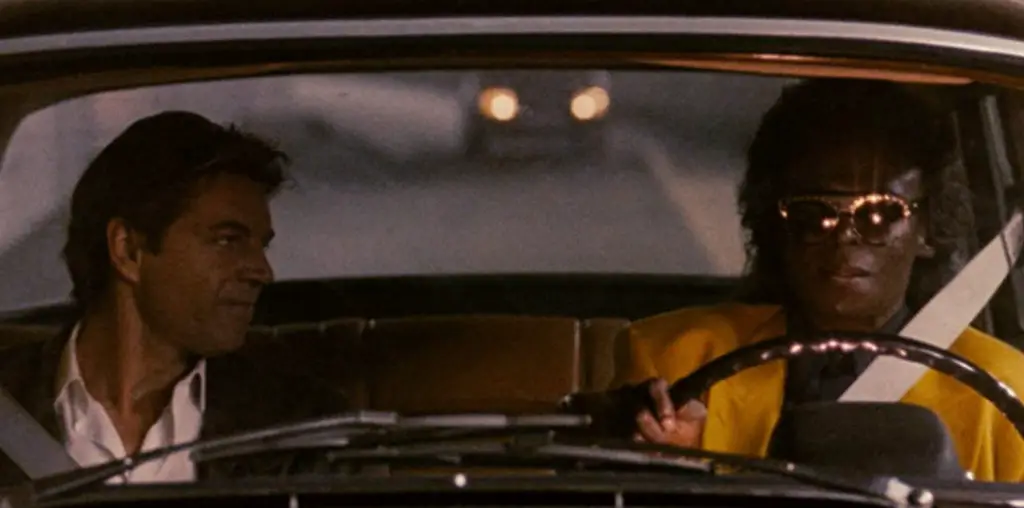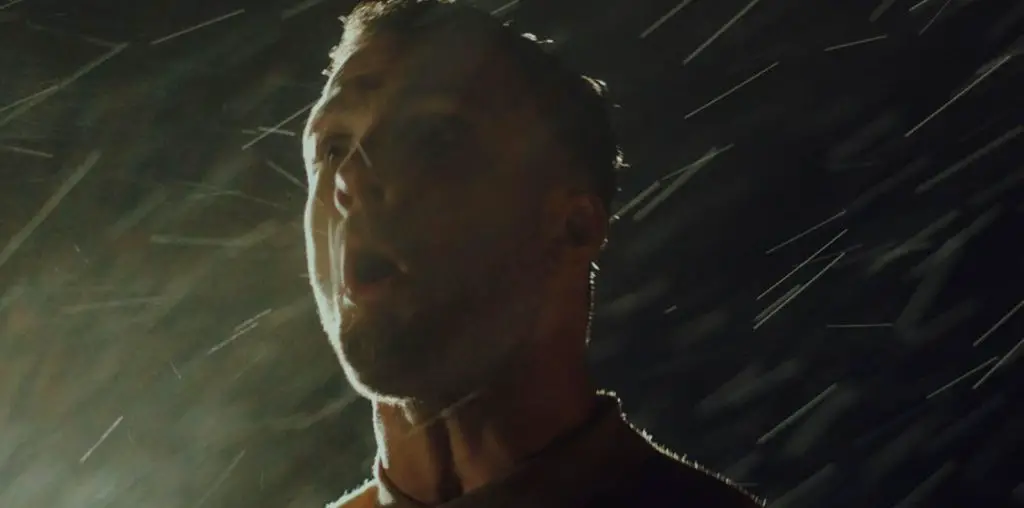
The last time I saw Metallica in a film all about Metallica, it was during the theatrical run of Metallica: Some Kind of Monster. The documentary, by filmmakers Joe Berlinger and Bruce Sinofsky (better known for their brilliant, inspiring Paradise Lost series of films), introduced us all to the flawed, human side of rock gods Metallica. It was a portrait of a band at odds with each other, and at odds with their very name, which had become a brand entity far larger than life. The band couldn’t just write a new song, for example, without considering all the employees and management they were responsible for. Creatively, it was more than a little stifling. Psychologically, it required therapy.
I remember, as the film ended, walking out of the theater with the mass of Metallica fans who had shown up for that screening. In front of me was a large man, his girlfriend or wife beside him, muttering to himself about the film. As I got close enough to hear his quiet diatribe, all I could make out was, “Some kind of monster? More like some kind of p*****s.” Turns out, even though I enjoyed the film, some weren’t interested in seeing their favorite band sharing their feelings. Especially if that band was ridiculously rich and famous.
Which brings us to the 3D IMAX extravaganza that is Metallica: Through the Never. If Some Kind of Monster was a representation of the down-to-earth band, Through the Never is the return of the rock gods to Olympus. A concert film that is as intense and enveloping as it is often artificial, this is the Metallica that many had built up in their minds. This is the Metallica that Metallica wants you to remember. Larger than life, over-the-top and supremely powerful.
It’s all right there. Before the film even launches into the performance sequences, we’re given a glimpse of the band through the eyes of roadie Trip (Dane DeHaan), in the opening to the fictional narrative that flows throughout, as he arrives at the arena for the show. Walking through the parking garage, he sees Hetfield arrive in a classic hot rod, spewing flames. Hammett is there, holding a bleeding guitar, either because he shredded it to death or the blood is from his own hands and their awesomeness. Trujillo is practicing bass in a room off the main hallway, making such a sound that it seems to vibrate the entire arena. Finally there’s Lars, who looks like an officious prick. I mean, he’s walking and appears to be intently chatting with concert organizers, but he still has time to give Trip a “who do you think you’re looking at?” glare.
Since we know this entire film was crafted by filmmaker Nimród Antal and Metallica, these are the impressions the band wants you to have. They’re re-claiming their myth, which means anything you see in this film is on purpose. When a mic goes dead mid-performance, and Hetfield gets pissed, all that was supposed to happen. Therein exists the artificial feel that surrounds the performances. In more than a few ways, and especially when things get really insane, it feels like you’re watching an episode of Metalocalypse play out.
Then again, such artifice is no different than what you’d see in a performance music video (this entire film is no different from an extended music video, really), so it doesn’t really matter. This is still Metallica, mixed and crafted to be best experienced in IMAX, presented in such boisterous detail throughout that you can’t help but get caught up in it. It really is like being at the best Metallica show, with the best seats that anyone could ever have. I don’t know how this will translate to a home setup, but it absolutely must be experienced in the 3D IMAX.
As a fan of Metallica, I got swept up in it. Again, it’s larger than life and monstrous, the entity that the band lamented in Some Kind of Monster alive and in your face. My main issue with the film is that it didn’t feel content to just give us an incredible performance film, and instead tried to layer in that simultaneous narrative of Trip being sent on an errand during the show.
Because Trip’s storyline is, overall, a MacGuffin, and DeHaan’s performance is one of quiet shock as he becomes a tortured punching bag for almost ninety minutes. He’s supposed to pick up something for the band, but he doesn’t know where or what it is until he gets there, and it doesn’t matter anyway. Ultimately, he doesn’t matter. His adventure is a descent into Hell, with the Metallica concert as soundtrack. It offers some interesting imagery (and you could debate why Metallica felt some of those sequences should be included in the film, and what they were trying to say there), but overall it’s just a device to loosely connect songs and make it feel like this isn’t just a performance film. I guess all involved felt, if this is going to be in IMAX 3D, it better include something extra, like a narrative. I disagree, but I see the logic.
In the end, for better or worse, this is the Metallica that Metallica wants you to think about when you hear their name. It’s myth-making at its rock star finest, and some may be turned off by the artificiality of that element, but it’s fun nonetheless. If you like their music, you can’t deny the power of its presentation here, and even if you hate everything else about it, that alone should get you in a seat.

